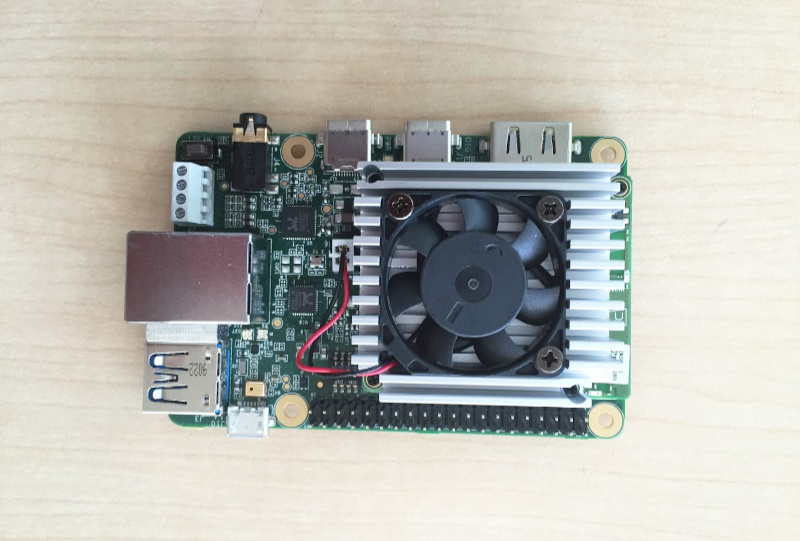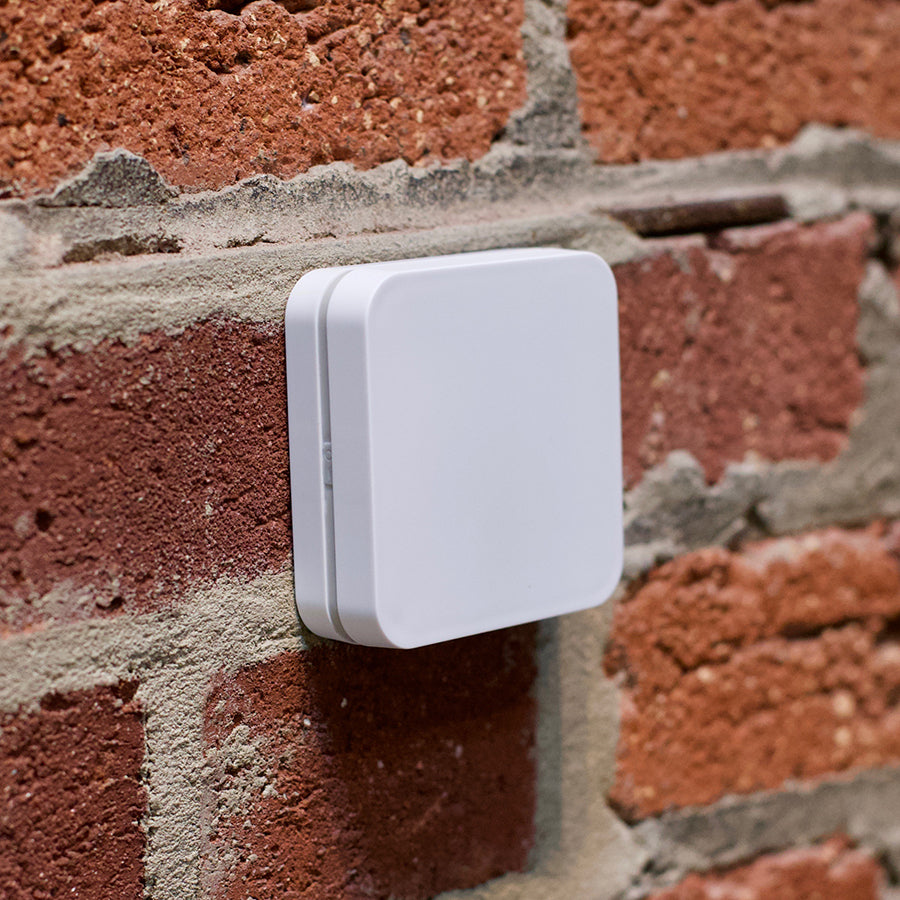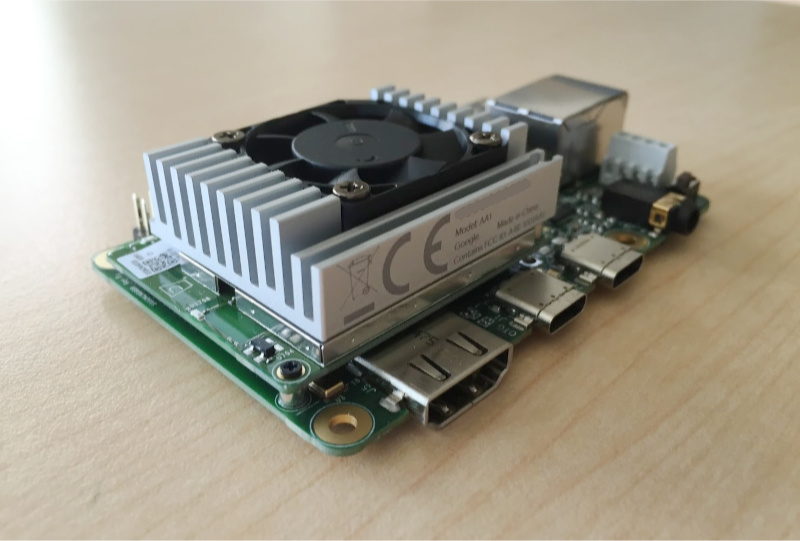

 infrastructure: with sensors at key points such as bridges that will detect flooding and stress. retail to reduce heating and lighting, and maximize sales through tracking foot traffic patterns to optimize product placement. The company has targeted three IoT segments: Since all that’s of interest in many cases is data that deviates from the norm, doesn’t it make sense to process that data at the collection point, then only pass on the deviations? Think about it: the very volume of Big Data possible with constant monitoring by a whole range of sensors can also be the IoT’s undoing. The highlight of the product launch was a live demo of Egburt in real-time use at a chain of dollar stores in the south, monitoring a wide range of factors, from floor traffic to freezer operation (Camgian pointed out the system paid for itself in the first month of operation when it recorded failure of a freezer when the store was unoccupied, in time for immediate repairs to avoid loss of frozen foods).
infrastructure: with sensors at key points such as bridges that will detect flooding and stress. retail to reduce heating and lighting, and maximize sales through tracking foot traffic patterns to optimize product placement. The company has targeted three IoT segments: Since all that’s of interest in many cases is data that deviates from the norm, doesn’t it make sense to process that data at the collection point, then only pass on the deviations? Think about it: the very volume of Big Data possible with constant monitoring by a whole range of sensors can also be the IoT’s undoing. The highlight of the product launch was a live demo of Egburt in real-time use at a chain of dollar stores in the south, monitoring a wide range of factors, from floor traffic to freezer operation (Camgian pointed out the system paid for itself in the first month of operation when it recorded failure of a freezer when the store was unoccupied, in time for immediate repairs to avoid loss of frozen foods). 
reducing potentially huge cloud-computing costs (because of the sheer volume of 24/7 sensor data) by allowing “ fog computing,” where the processing would be done right at the collection process, with only the small amount of really relevant data being passed on to a central location.low cost-of-ownership sensing (by using very little energy, thereby extending battery life).In that vein, I was blown away at this week’s IoT Global Summit by the roll-out of Egburt by Camgian.Įgburt stresses two crucial, inter-related obstacles to widespread IoT solution deployment by mainstream businesses:







 0 kommentar(er)
0 kommentar(er)
